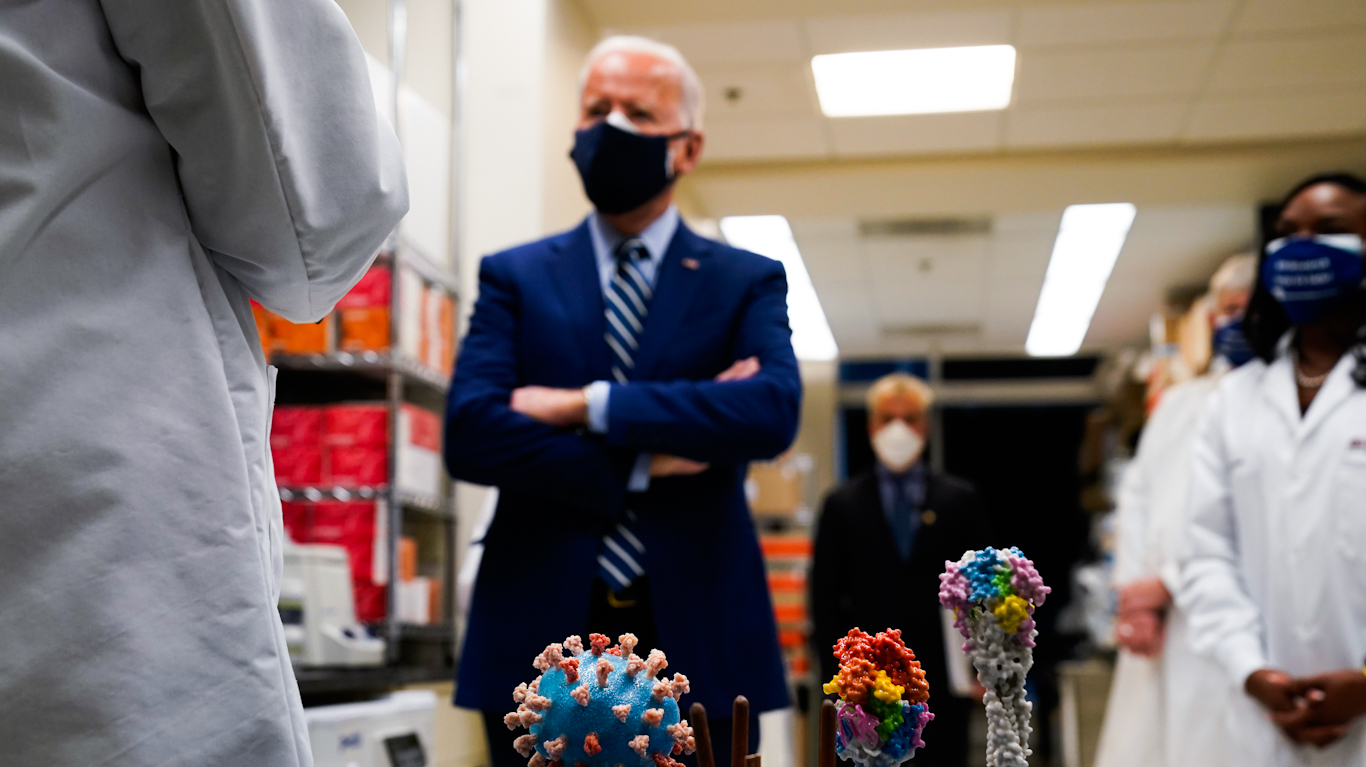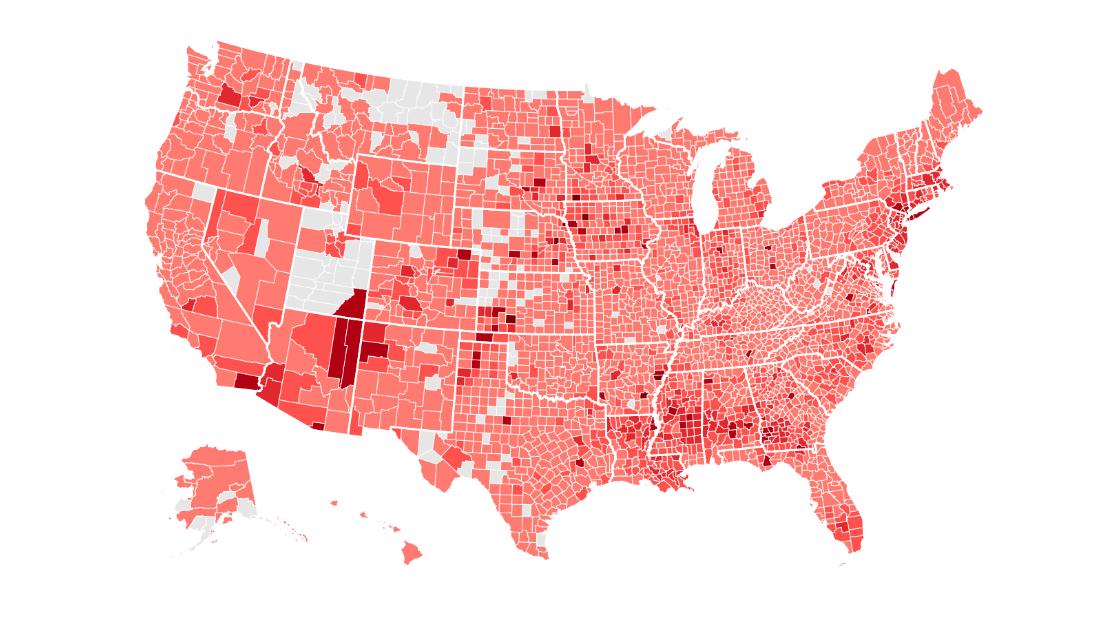This is simply not the working definition, and it's transparently nonsense. Even phoenixmgs doesn't believe the definition you've given above.That is what herd immunity is. That is the point at which outbreaks are sufficiently unlikely. That does mean that the herd immunity threshold is variable depending on the behavior of the population. Typically, when we talk about herd immunity, we're talking about under normal conditions and behavior, but that's certainly going to be a different number in different times and places. Herd immunity in rural Kansas is not the same as herd immunity in the New York subway. So it is both accurate and inaccurate in a sense to say we've hit herd immunity in a lockdown, because in a sense we have hit a threshold of immunity sufficient to lower the rate of transmission beneath 1 new infection per infection, but in the other sense that is not indicative of what would happen without lockdown procedures in place.
Where I live, all the schools and businesses are open (well, summer break is going on, but they were open before that), the masks are optional and largely left off in public, sporting events are going on, people are sitting in close quarters, and the rates of infection are still dropping. That's an indication of herd immunity.
According to this definition, "herd immunity" can be gained and lost and gained and lost several times over the course of a single week. Not very valuable, then, is it? According to this definition, "herd immunity" can be gained.... without anybody immune, if the virus is simply insufficiently transmissible.
Hell! According to this pointless definition, we have "herd immunity" to any disease that just doesn't have a major presence, even if any introduction of the pathogen would cause an outbreak!




